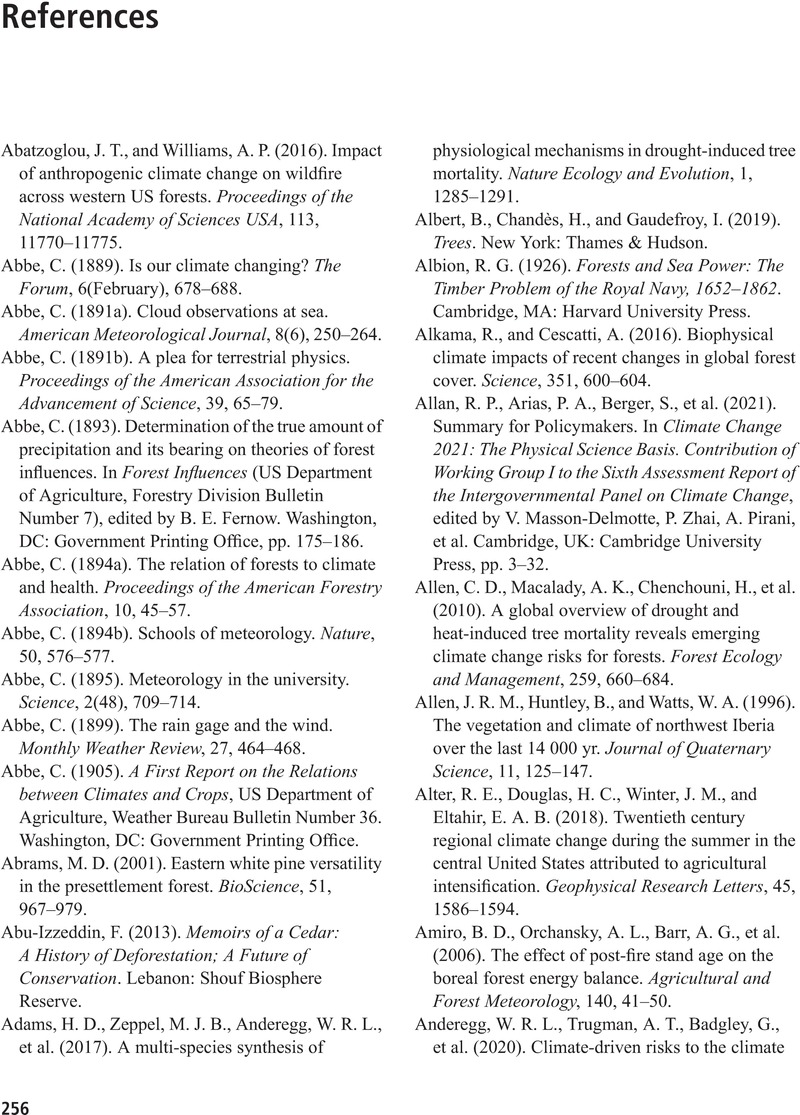References
Published online by Cambridge University Press: 02 February 2023
Summary

- Type
- Chapter
- Information
- Seeing the Forest for the TreesForests, Climate Change, and Our Future, pp. 256 - 307Publisher: Cambridge University PressPrint publication year: 2023

